Biomechanical interactions, rather than neurons, control the movements of one of the simplest animals. The discovery offers a glimpse into how animal behavior worked before neurons evolved.
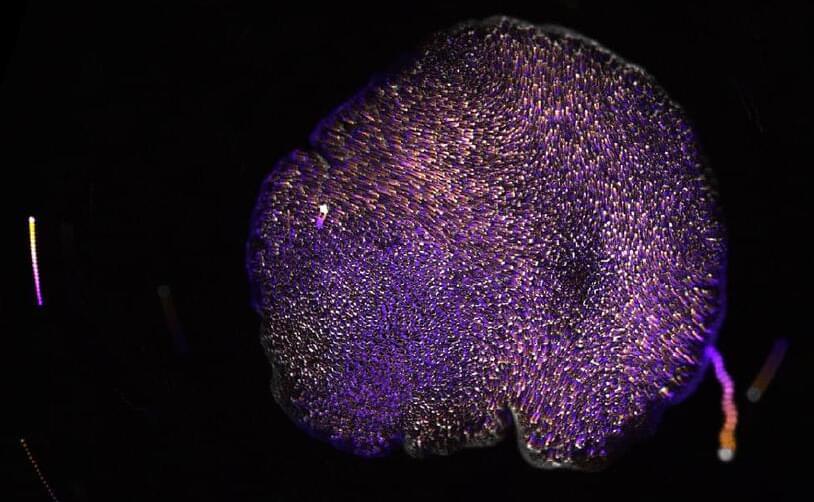


Summary: Neurons in the memory-associated entorhinal cortex of super-agers are significantly larger than their cognitively average peers, those with MCI, and even in people up to 30 years younger. Additionally, these neurons contained no signs of Tau, a hallmark of Alzheimer’s disease.
Source: Northwestern University.
Neurons in an area of the brain responsible for memory (known as the entorhinal cortex) were significantly larger in SuperAgers compared to cognitively average peers, individuals with early-stage Alzheimer’s disease and even individuals 20 to 30 years younger than SuperAgers — who are aged 80 years and older, reports a new Northwestern Medicine study.

Based on an analysis of just under half a million records in the UK Biobank, people who drink two to three cups of coffee each day tend to live longer and exhibit less cardiovascular disease compared with those who abstain from the beverage.
While the research doesn’t claim drinking more coffee adds years to your life, it’s nevertheless an intriguing association that scientists are keen to investigate further. It’s also important to weigh the findings against previous studies linking brain shrinkage and an increased risk of dementia with a daily habit of six or more cups of coffee.
“In this large, observational study, ground, instant and decaffeinated coffee were associated with equivalent reductions in the incidence of cardiovascular disease and death from cardiovascular disease or any cause,” says electrophysiologist Peter Kistler, from the Baker Heart and Diabetes Institute in Australia.
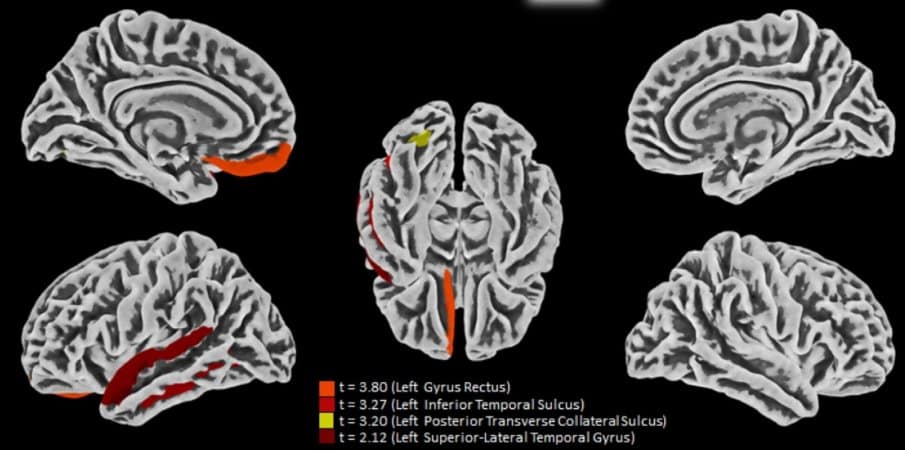
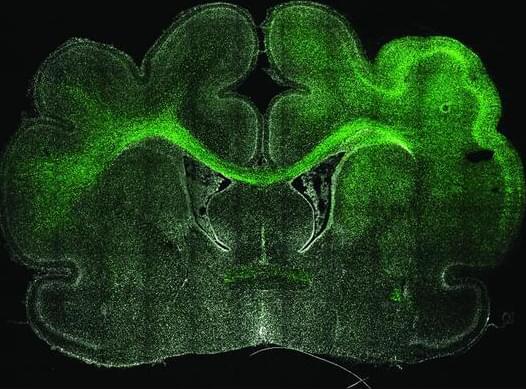


CHICAGO, Sept 30 (Reuters) — Clear evidence this week that Eisai (4523.T) and Biogen’s (BIIB.O) drug lecanemab slows cognitive decline in early stage dementia has galvanized efforts among Alzheimer’s researchers toward a tantalizing goal — preventing dementia even before symptoms start.
Lecanemab is an antibody that targets and removes toxic clumps of a protein called amyloid beta that accumulate in the brains of patients with Alzheimer’s. Results from the companies’ 1,800-patient trial released on Tuesday showed convincingly that doing so also slows the advance of the mind-robbing disease.
In volunteers with mild cognitive impairment and early stage dementia, the drug showed a 27% reduction in cognitive decline after 18 months compared with those who got a placebo.
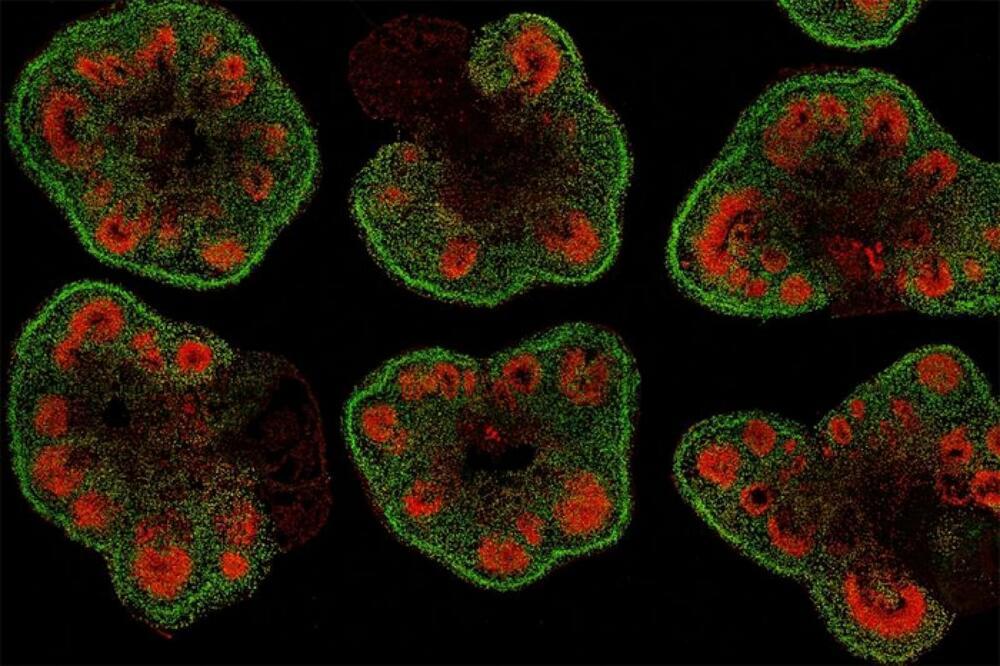
https://www.eurekalert.org/multimedia/959965
Researchers have been growing brain organoids for several years, but not all organoids are created the same. It can vary from lab to lab — and even from batch to batch — which means that a finding made in one organoid may not hold true in another.
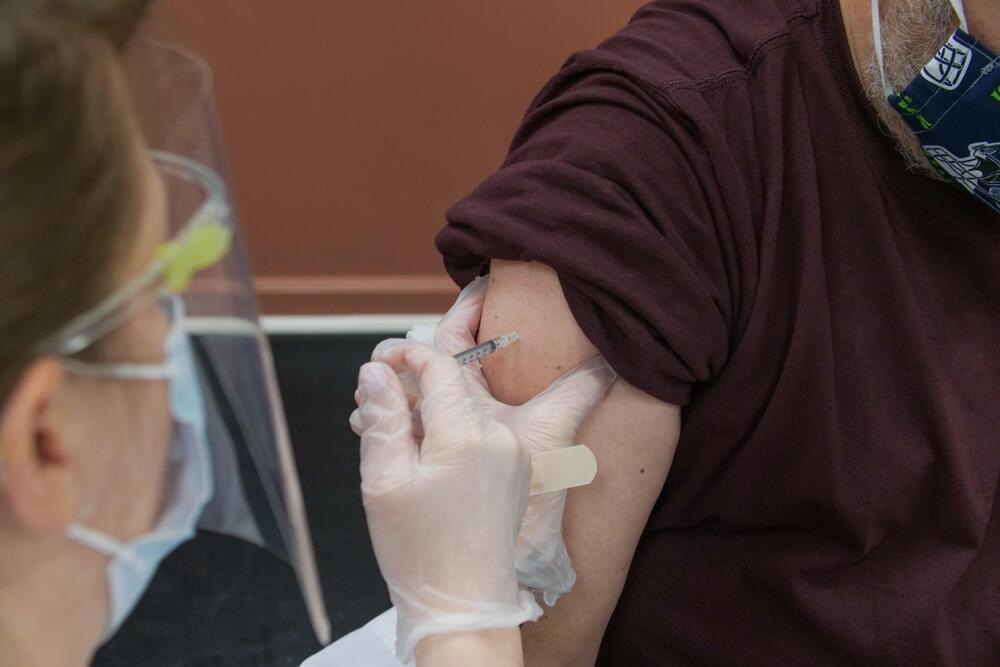
With more of us living into old age than at any other time, dementia is increasing steadily worldwide, with major individual, family, societal and economic consequences.
Treatment remains largely ineffective and aspects of the underlying pathophysiology are still unclear. But there is good evidence that neurodegenerative diseases —and their manifestation as dementia—are not an inevitable consequence of aging.
Many causes of dementia, including viral infections, are preventable.

Sept 27 (Reuters) — An experimental Alzheimer’s drug made by Eisai Co Ltd (4523.T) and Biogen (BIIB.O) slowed cognitive and functional decline in a large trial of patients in the early stages of the disease, they said on Tuesday, potentially a rare win in a field littered with failed drugs.
Multiple drugmakers have so far tried and failed to find an effective treatment for the brain-wasting disease that affects about 55 million people globally. A breakthrough would be a major boost to similar studies being run by Roche and Eli Lilly.
Speaking of the Eisai-Biogen drug results announced late on Tuesday night, Ronald Petersen, director of the Mayo Clinic Alzheimer’s Disease Research Center in Rochester, Minnesota said: “It’s not a huge effect, but it’s a positive effect”.